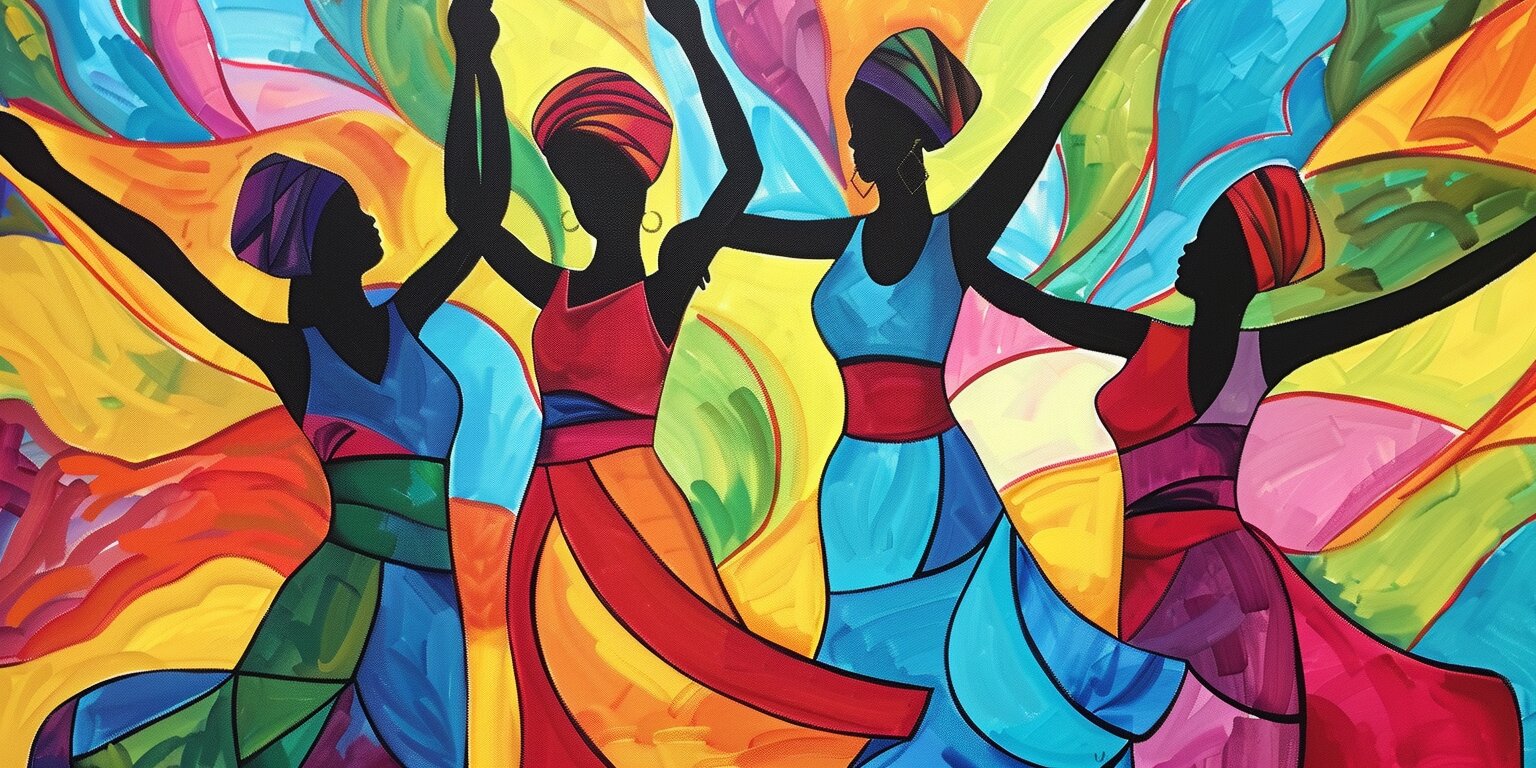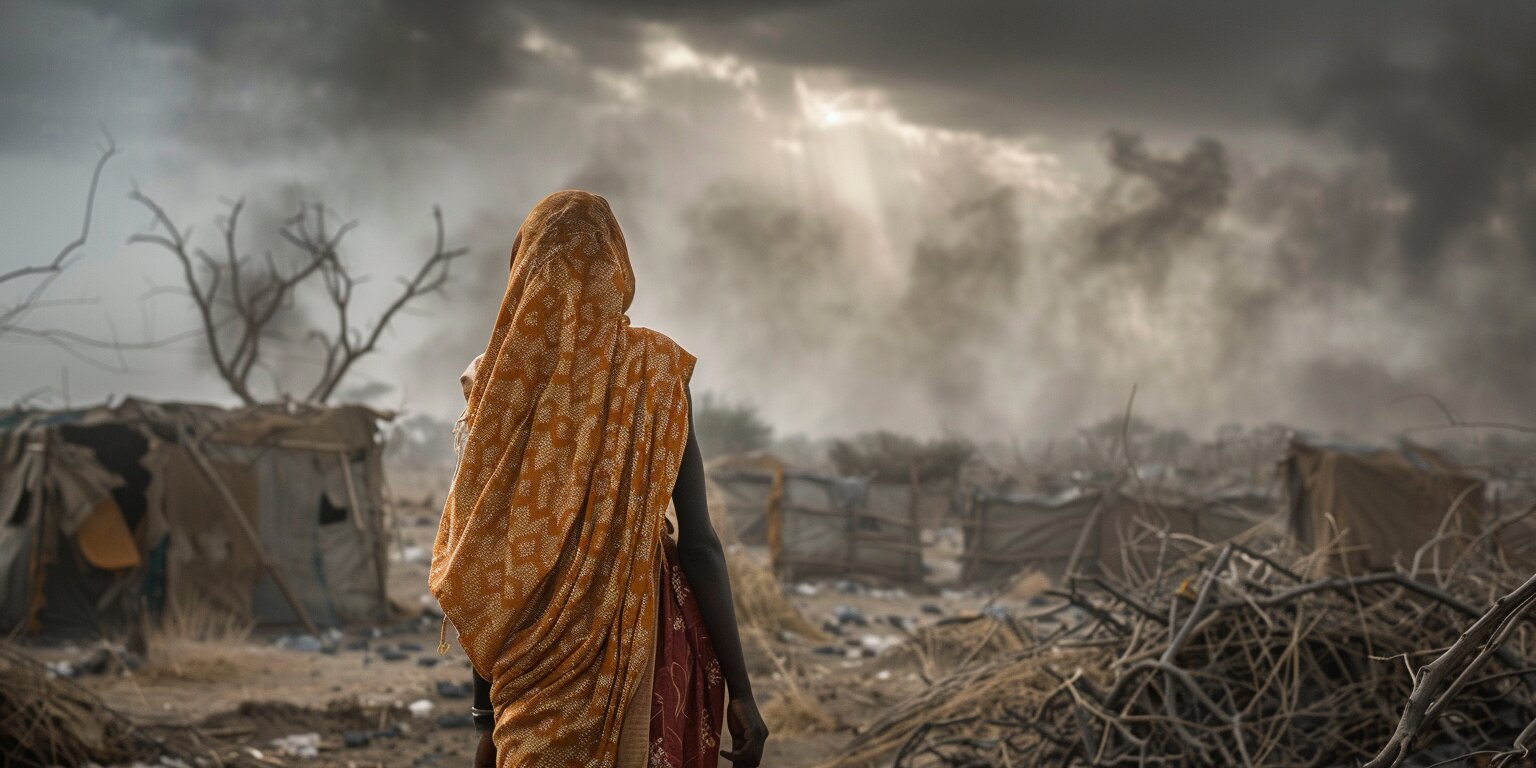Welcome to our exploration of the powerful intersection of artistic social activism and social justice. In this article, we will uncover the transformative potential of creative expression in driving positive change and advocating for a more just society.
Artistic social activism encompasses the use of various art forms, such as visual arts, music, performance, and literature, to address pressing social issues. By leveraging their creative talents and platforms, artists have the capacity to inspire, challenge, and unite communities in the pursuit of social justice.
Through art, individuals and communities can find a voice, express their experiences, and shed light on the realities of those who have been historically marginalized or oppressed. The power of creative activism truly comes alive within the realm of artistic and social activism.
The Power of Artistic Social Activism
In the realm of social justice, artists have emerged as powerful advocates for change. Through their creative expression, they have the ability to ignite conversations, challenge norms, and inspire action. This section explores the immense power of artistic social activism and delves into how artists can act as advocates, pushing for a more equitable and just society.
Artistic social activism has given rise to various art movements that use creative expression as a means to raise awareness and catalyze social change. Artists have used their platforms to address issues such as racial inequality, gender discrimination, environmental justice, and more. By leveraging their artistic skills and unique perspectives, they become champions for marginalized communities, acting as catalysts for transformative movements.
Throughout history, numerous art activism movements have shaped society’s cultural and social fabric. From the Harlem Renaissance to the feminist art movement, these movements have challenged societal norms, shattered stereotypes, and paved the way for greater inclusivity and diversity within the arts and beyond.
Artists as Advocates:
Artists who engage in social activism act as advocates for those whose voices are often silenced in mainstream discourse. They use their creative work to shed light on issues that demand attention, amplifying marginalized individuals’ and communities’ experiences and struggles. By doing so, they combat systemic injustices and strive for a more just and equal society.
Examples of Artistic Social Activism:
- Kara Walker’s thought-provoking installations confront issues of race, slavery, and power dynamics.
- Banksy’s politically charged street art challenges authority and highlights social and economic inequalities.
- The Guerilla Girls’ feminist art campaigns expose sexism and discrimination in the art world.
- Ai Weiwei’s installations address government oppression and human rights abuses.
These artists and many others have used their creativity to ignite conversations, encourage critical thinking, and drive collective action for social justice.
Engaging Communities Through Art
In the realm of artistic social activism, community engagement plays a crucial role in uniting individuals and driving meaningful change. Through various forms of art, communities can come together, ignite conversations, and foster a sense of unity.
Bringing People Together
Art has the power to bring people from diverse backgrounds and experiences together, creating a space for connection and understanding. Whether it’s through collaborative art projects, community art exhibitions, or inclusive workshops, art acts as a catalyst for building bridges and breaking down barriers.
Sparkling Conversations
Artistic expression provides a platform for dialogue and self-reflection. It awakens an emotional response that encourages conversations around important social and cultural issues. By confronting complex topics through art, communities can engage in meaningful discussions, fostering empathy and promoting change.
Fostering Unity
Art can foster a sense of unity within communities, promoting a shared vision and purpose. Community-led art initiatives, such as murals, public installations, and performance events, create opportunities for collaboration and cooperation. They inspire individuals to join forces and work towards common goals, shaping a stronger and more inclusive community.
Through community engagement in art, individuals are empowered to advocate for social justice, leading to lasting change that positively impacts society as a whole.
Art as a Catalyst for Social Change
In today’s world, art has emerged as a powerful catalyst for driving social change. Through various art forms, such as visual arts, music, performance, and literature, artists are using their creative expressions to challenge societal norms, provoke discussions, and inspire action for a better tomorrow.
One of the remarkable aspects of art for social change is its ability to transcend barriers and engage diverse audiences. It speaks to people deeply, emotionally, and intellectually, sparking empathy, raising awareness, and igniting a sense of urgency to address social injustices.
Artistic Expressions: Challenging Societal Norms
Artistic expressions have the power to challenge the status quo and question deeply ingrained beliefs and practices. Artists fearlessly explore sensitive topics, shedding light on systemic inequalities, discrimination, and societal biases that often go unnoticed or unaddressed.
Through thought-provoking visual art installations, impactful performances, and compelling literary works, artists encourage viewers and listeners to critically examine their own perspectives and recognize the need for change.
Provoking Discussions: Creating Dialogue and Understanding
Art has the ability to create a safe space for open conversations where individuals from all walks of life can share their experiences, thoughts, and emotions. It encourages dialogue, promotes empathy, and bridges the gap between diverse communities.
From engaging public art installations that serve as community meeting spaces to collaborative projects that bring people together, art for social change fosters understanding, breaks down barriers, and builds stronger connections among individuals with different backgrounds and viewpoints.
Inspiring Action: Mobilizing for Social Justice
Perhaps the most significant impact of art as a catalyst for social change is its ability to inspire action and mobilize communities. Artistic expressions have the power to ignite a spark within individuals, pushing them to become agents of change and actively contributing to social justice movements.
By amplifying marginalized voices, shedding light on pressing issues, and advocating for human rights, artists inspire others to stand up, speak out, and take tangible steps toward a more just and equitable society.
Societies can envision and work towards a better future through the transformative power of art. Art for social change has the potential to shape collective consciousness, challenge deep-rooted systemic inequalities, and pave the way for a more compassionate and inclusive world for all.
Collaboration between Art and Activism
In the pursuit of achieving social justice goals, collaboration between artists and activists has proved to be of paramount importance. By joining forces, artists can contribute their creative expertise to activist movements, while activists can leverage art as a powerful tool to amplify their messages.
This collaborative approach brings together the unique strengths of both art and activism, creating a powerful synergy that drives positive change. Through shared goals and shared values, artists and activists can work together to spark conversations, engage communities, and inspire action.
Artists bring their creative vision, artistic talent, and ability to captivate emotions through various mediums, such as visual arts, music, performance, and literature. By infusing their work with social and political themes, artists can effectively challenge societal norms, provoke thought, and inspire empathy.
Activists, on the other hand, possess a deep understanding of the issues at hand and the strategies and tactics needed to effect change. They bring their passion, knowledge, and determination to advocate for social justice. By collaborating with artists, activists can tap into the power of art to reach broader audiences and convey their messages in engaging and impactful ways.
Case Studies
- Art for Black Lives: This collaboration between artists and activists aims to dismantle systemic racism and support the Black Lives Matter movement. Through visual art exhibits, performances, and public installations, artists and activists come together to raise awareness, protest injustice, and honor Black lives.
- Climate Art Collective: Artists and environmental activists unite under the Climate Art Collective to raise awareness about the urgent need for climate action. Through their collaborative efforts, they organize exhibitions, installations, and performances that highlight the impacts of climate change and advocate for a sustainable future.
- Art and Refugees: This collaboration focuses on giving voice to displaced communities and challenging the stigma surrounding refugees. Artists and refugee rights activists join forces to organize art workshops, exhibitions, and storytelling events, showcasing the resilience and humanity of those affected by forced migration.
These case studies demonstrate the power of collaboration between art and activism in sparking social change and creating a lasting impact. By combining their respective talents, artists and activists have the potential to create a profound ripple effect, inspiring individuals, communities, and society as a whole.
Amplifying Marginalized Voices through Art
In the realm of artistic social activism, one of its most profound impacts lies in amplifying the voices of marginalized communities. With its intrinsic power to communicate, disrupt, and challenge, art serves as a catalyst for giving voice to individuals and groups who have historically been oppressed or silenced.
Artistic social activism provides a platform for those on the margins to share their stories, experiences, and perspectives, shedding light on the injustices they face.
Through various art forms such as visual arts, music, performance, and literature, artists from marginalized backgrounds are using their creative expressions to awaken social consciousness and advocate for change.
Unsilencing the Unheard: Artists as Agents of Change
Artistic social activism empowers marginalized artists to reclaim their narratives and challenge societal norms that perpetuate inequality and discrimination. By creating powerful, thought-provoking works, they courageously confront and address the issues that affect their communities the most.
These artists bring attention to marginalized communities’ struggles and provide a platform for dialogue, empathy, and understanding among broader audiences. Their art becomes a vehicle for raising awareness, inspiring empathy, and driving social change.
- A visual artist captures the essence of urban poverty through striking murals in underserved neighborhoods, shedding light on socioeconomic disparities and advocating for accessible resources and opportunities.
- A poet share their experiences of racism and discrimination through poignant verses, enlightening readers about the lasting effects of systemic oppression and fostering empathy and solidarity.
- A musician uses their soulful melodies to champion LGBTQ+ rights, sparking conversations and challenging societal prejudices, ultimately driving acceptance and equality.
These examples demonstrate the transformative potential of artistic social activism in amplifying marginalized voices and catalyzing social justice movements. Through their art, marginalized artists reclaim their power, disrupt dominant narratives, and advocate for a more equitable and inclusive society.
Inspiring Future Generations of Artistic Activists
In the world of artistic social activism, the power to inspire lies at the core. By utilizing creative expression, art has the potential to ignite a spark within future generations, encouraging them to become passionate advocates for social change.
One key aspect of inspiring future artistic activists is through art education. The importance of nurturing creative expression cannot be overstated in schools and communities. Art classes and programs provide a platform for young individuals to explore their artistic abilities while also instilling a sense of social responsibility.
Art education helps students develop critical thinking skills, empathy, and a deep understanding of social issues. It empowers them to use their creativity as a tool for positive change.
Youth-led art projects and initiatives play a vital role in inspiring and empowering the next generation of artistic activists. These projects allow young individuals to engage directly with social justice causes, addressing issues that are important to their communities.
Fostering Collaboration:
- Collaboration between young artists and experienced activists enables mentorship and knowledge sharing.
- Encouraging collaboration across different art forms, such as visual arts, music, performance, and literature, expands the possibilities for creative activism.
Using Artistic Platforms:
- Social media platforms, such as Instagram and TikTok, offer young artists an immense reach and influence to raise awareness about social issues.
- Through their artwork, young activists can spark conversations and inspire action on a global scale.
By nurturing creativity, fostering collaboration, and leveraging artistic platforms, we have the power to inspire and equip future generations to become impactful artistic activists.
As we look to the future, it becomes clear that creative activism and art for social change will continue to shape and drive positive transformation in our society. By inspiring young individuals to use their artistic talents in meaningful ways, we pave the way for a brighter and more just future.
Summary
In conclusion, artistic social activism plays a pivotal role in promoting social justice through art. Throughout this article, we have explored the power of creative expression to advocate change and empower communities. As advocates for social justice, artists have led inspiring art activism movements, using their platforms to raise awareness and drive positive transformation.
Community engagement in art has emerged as a crucial aspect of artistic social activism. Art has the unique ability to bring people together, spark conversations, and foster a sense of unity. Through collaborative efforts, artists and activists have been able to amplify their messages and drive impactful change.
The transformative power of art for social change cannot be understated. Artistic expressions challenge societal norms, provoke discussions, and inspire action. Whether through visual arts, music, performance, or literature, art has the potential to challenge the status quo and promote social justice.
Art and activism collaboration holds immense value in the pursuit of social justice. Artists bring their creative expertise to activist movements, while activists leverage art to amplify their messages. Working together creates powerful initiatives that drive social change and inspire future generations to become artistic activists.
Ultimately, artistic social activism provides a platform for marginalized voices. It empowers individuals and communities who have historically been silenced, allowing them to express their experiences, struggles, and aspirations. By nurturing creative expression and ensuring inclusivity, we can inspire a future where art continues to shape and drive positive change in society.



